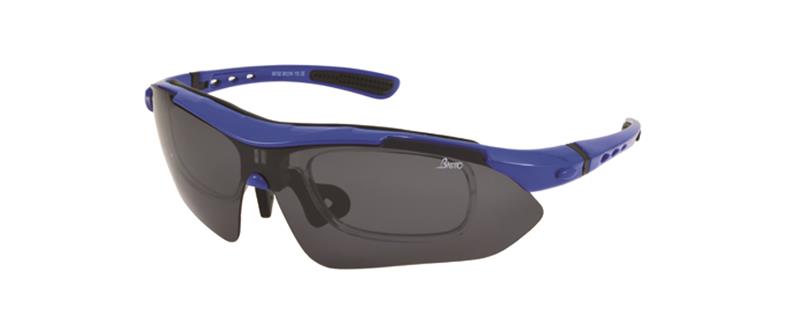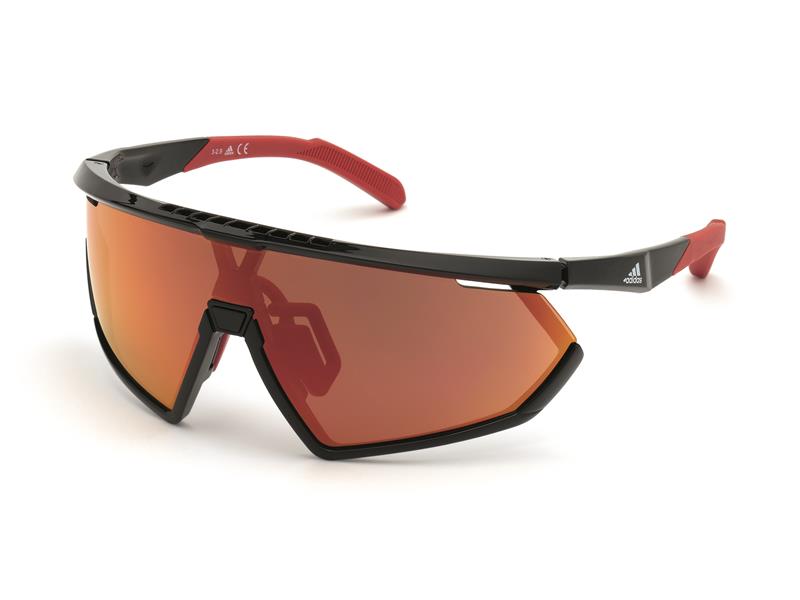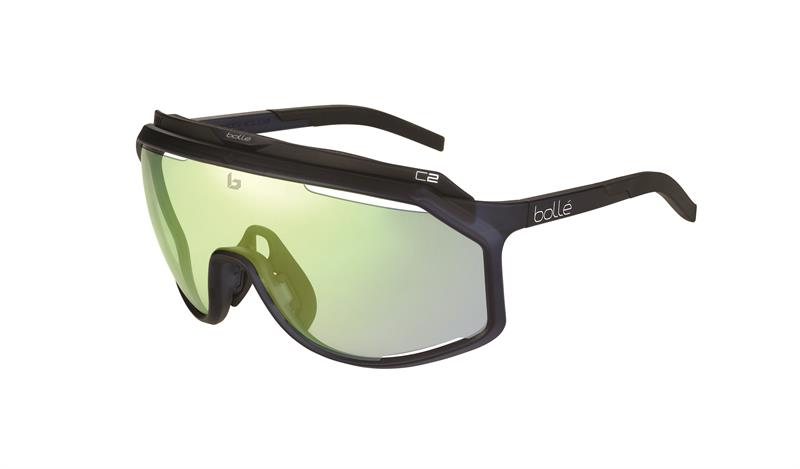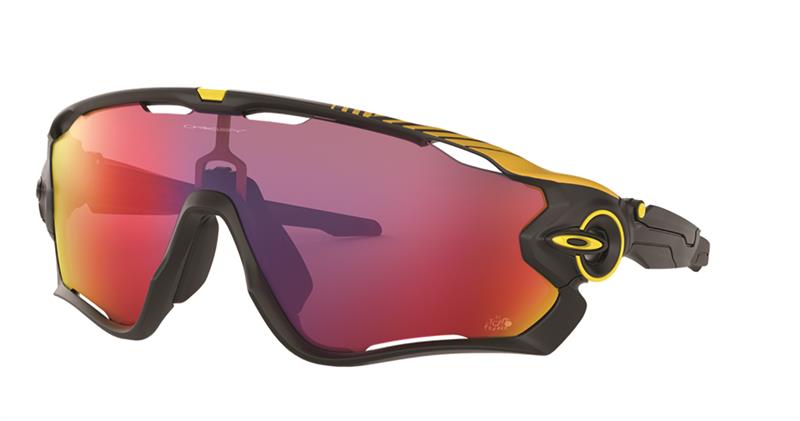
With the riders approaching the Avenue des Champs-Élysées for the famous conclusion of the Tour de France, road cycling is now at its annual peak of visibility to the general public. Coronavirus has also improved cycling’s popularity with the public as it remained a reliable method of getting outdoors and exercising during the government mandated lockdown.
‘The uptake of cycling during lockdown has been absolutely crazy, it’s off the charts,’ comments cycling website Sportive’s editor, Oisin Sands. ‘In Evans Cycles for example, bike sales are up by about 300%. You can hardly even buy a bike these days, they’re sold out everywhere, so there’s a definitely a growing market there for opticians.’
Purchasing a bike is just the beginning of getting into cycling for most and other accessories are a near necessity depending on the distances or environments people plan to cycle in. Alongside a helmet, padded Lycra cycling shorts, an emergency tire-pump and a saddle bag, cycling sunglasses are one of the more commonly bought accessories.
Explaining the need for cycling frames, Sands says: ‘The main reasons someone on a bike would wear glasses are protection from the sun to some degree, as well as from wind, rain, bugs and road debris. Your eyes can start streaming if the wind’s blowing, especially at high speeds, and if something like grit or dust gets in your eye, and you’re even momentarily blinded, that can be a safety hazard.’
In a July report released by digital marketing agency Salience, ‘prescription sports glasses’ and ‘prescription cycling glasses’ came second and sixth respectively in the rankings for high opportunity key words for optical practices. This ranking shows that while many patients are searching for these terms on the internet, very few optical practices are capitalising on this consumer interest.
Adding cycling eyewear to your practice’s product offering is an opportunity to capitalise on growing interest in the sport while also providing the opportunity for rewarding and new dispensing challenges.
Features
With different options available to consumers, style and customisation are factors that will influence which frames patients are interested in. ‘The MAML, or middle-aged men in Lycra, demographic are very influenced by what you might see the pro-peloton [in the Tour de France] wearing,’ explained Sands. ‘If you see Mark Cavendish or Darren Thomas in one brand or another they can be very influenced by that. Interchangeable or photochromic lenses for different light conditions and a selection of different nose pads for a comfortable fit also offer that customisable factor.’
‘You also want basic things for the frames, like extra durability and shatter-resistance’, adds Sands. ‘You don’t want your lenses to be breaking into your eyes if you come off your bike, especially with mountain biking. A lens that resists smearing and smudging from sweat and fingerprints is also a bonus and ventilation is another good thing that you’ll need.’
When dispensing cycling frames in practice, a number of factors should be taken into consideration. Patients should bring their cycling helmets with them to check the frames fit while the helmet is on and that wearing both does not impede their field of vision. Air flow should also be tested to check that eyes are not subjected to airstreams while wearing frames and can be tested with a wind-fan or other specialist equipment.
Tint colour should also be considered; while certain colours are more fashionable, lens manufacturer Carl Zeiss recommends cyclists opt for amber or rose tints for weak sunlight, such as in winter, and yellow lenses for darker conditions with less sunlight. Grey lenses, while less efficient at increasing visual acuity and contrast, are recommended as good all year-round lenses and are effective even in bright sunshine.
Norville
Basto 102
The Basto Outdoor Rx Goggle sports a streamlined, unisex silhouette with ventilation holes set into the temples gripping end-pieces for extra comfort during long rides. Half-rims allow for greater field of view when looking back over your shoulder to check for cars and sit just away from the face, allowing for a pince-nez style prescription lens to be inserted behind the tinted frames and provide vision correction. Rain and drizzle are not allowed in via the thick brow bar, and a gripping nose-pad ensures the frames stay in place.

Five different lens shields for different light conditions are included in the box, with yellow, blue, mirrored and polarised tints available to choose from. The frames are also provided with an elasticated head-strap for extra security, as well as a string necklace and a carrying case big enough for each lens and the frames.
Adidas
SP0001
Sportswear giant Adidas designed the SP0001 cycling frame by taking inspiration from their innovative, lightweight Ultraboost trainers. The SP0001 frame features many of the same elements, including an ultra-flexible construction and lightweight on-face feel. An angular silhouette and colour-contrast temple-tips are stylistic additions, while a ventilation system that prevents lens-fogging from sweat and wet condition keeps vision clear.

Adjustable nose-pads provide customisable comfort while two interchangeable lens options offer alternatives for various light conditions when riding. Ventilation holes in the lenses provide extra anti-fog capabilities and the brow-hugging straight bridge prevents sweat dripping into eyes.
Bollé
Chronoshield
Worn by Romain Bardet and the AG2R La Mondiale riders during this year’s Tour De France, Bollé’s Chronoshield cycling frame is fit for professional, competitive cycling and can be provided with prescription lenses. Sporting a ski-goggle inspired large, contiguous lens, the frame’s bright colours make a statement. Ventilation holes in the frames provide optimal airflow while an anti-fog lens treatment makes sure visibility is maintained on the road.

The self-adjusting, sweat-proof nose pad and adjustable temples allow for a customised, comfortable fit while oleophobic and anti-scratch treatments ensures the lenses are not damaged by debris or scuffs. A lightweight, durable nylon construction increases comfort, with the Bollé Phantom photochromic lens providing visual comfort through 100% UV protection and high contrast vision for most light conditions.
Oakley
Jawbreaker
As the official supplier of Tour de France heavyweights Team Ineos, Oakley worked in collaboration with the Manx Missile, Mark Cavendish to create the Jawbreaker frames. Eminently recognisable to cycling afficionados as the most popular frames in the pro-peloton, the lens curve on the Jawbreaker frame allows for excellent peripheral vision without too much head movement, with the lenses easy to switch out via the Switchlock interchangeable lens system. Prescription options are limited to single vision.

Oakley’s Prizm lenses, available with the Jawbreaker, increase contrast and colour vividness so hazards can be spotted more quickly when riding. The lenses are protected by full rims, with a sweat-absorbent bridge making sure that sweat does not stream into eyes and ventilation holes providing extra airflow while offering eye protection.
